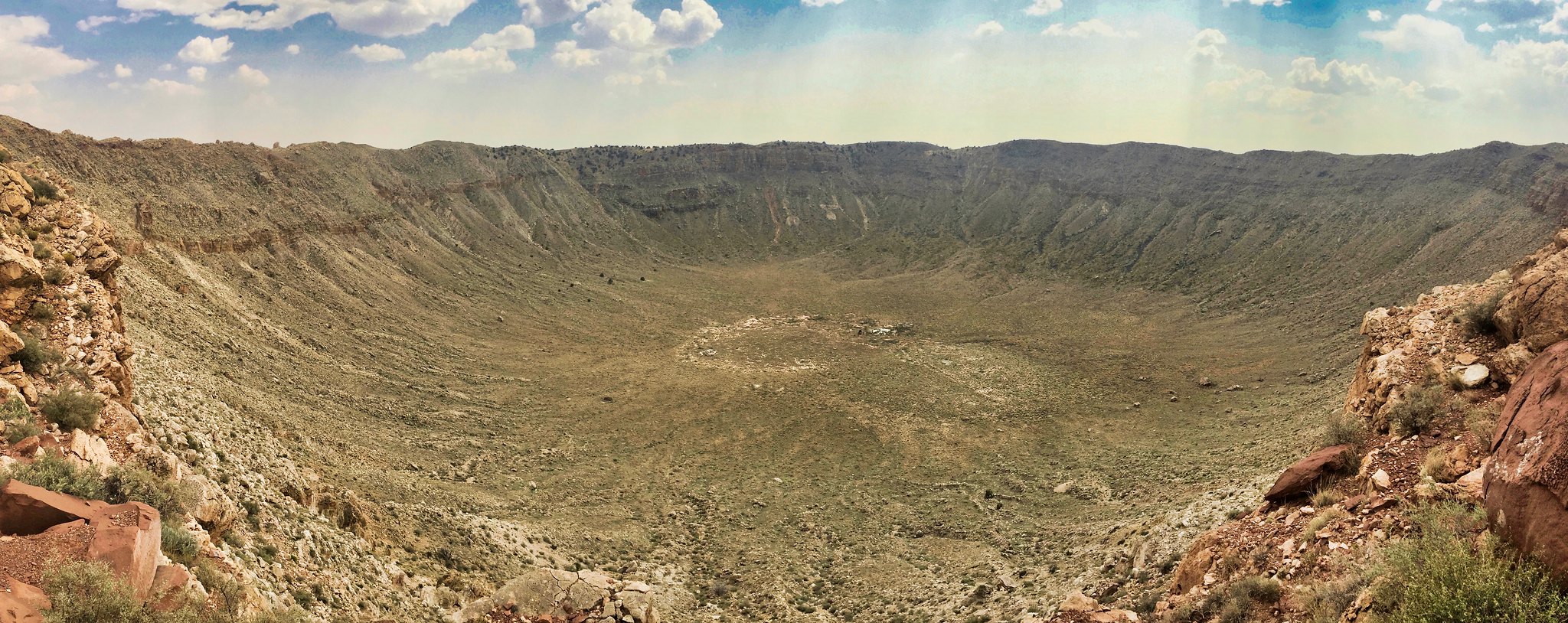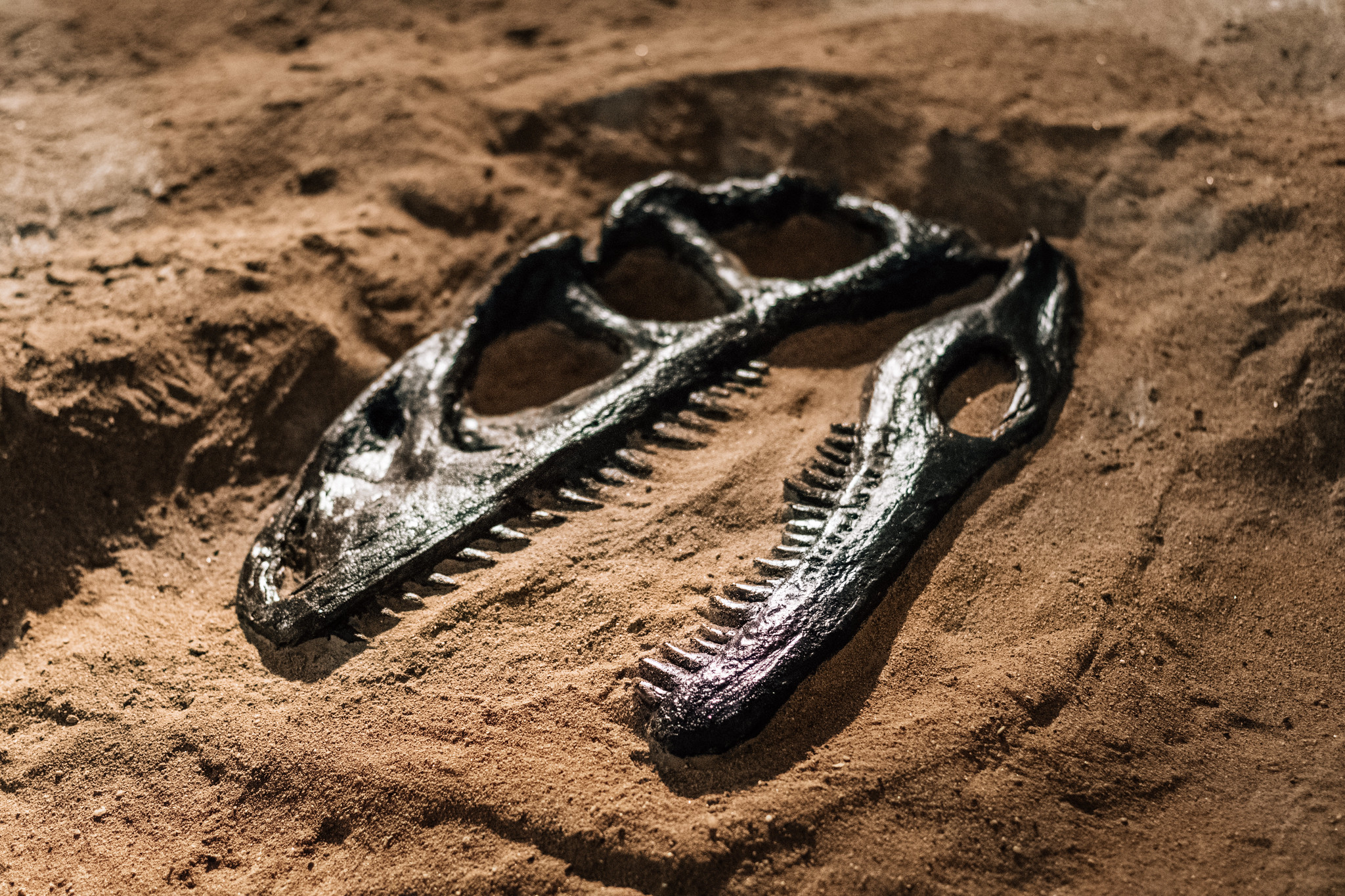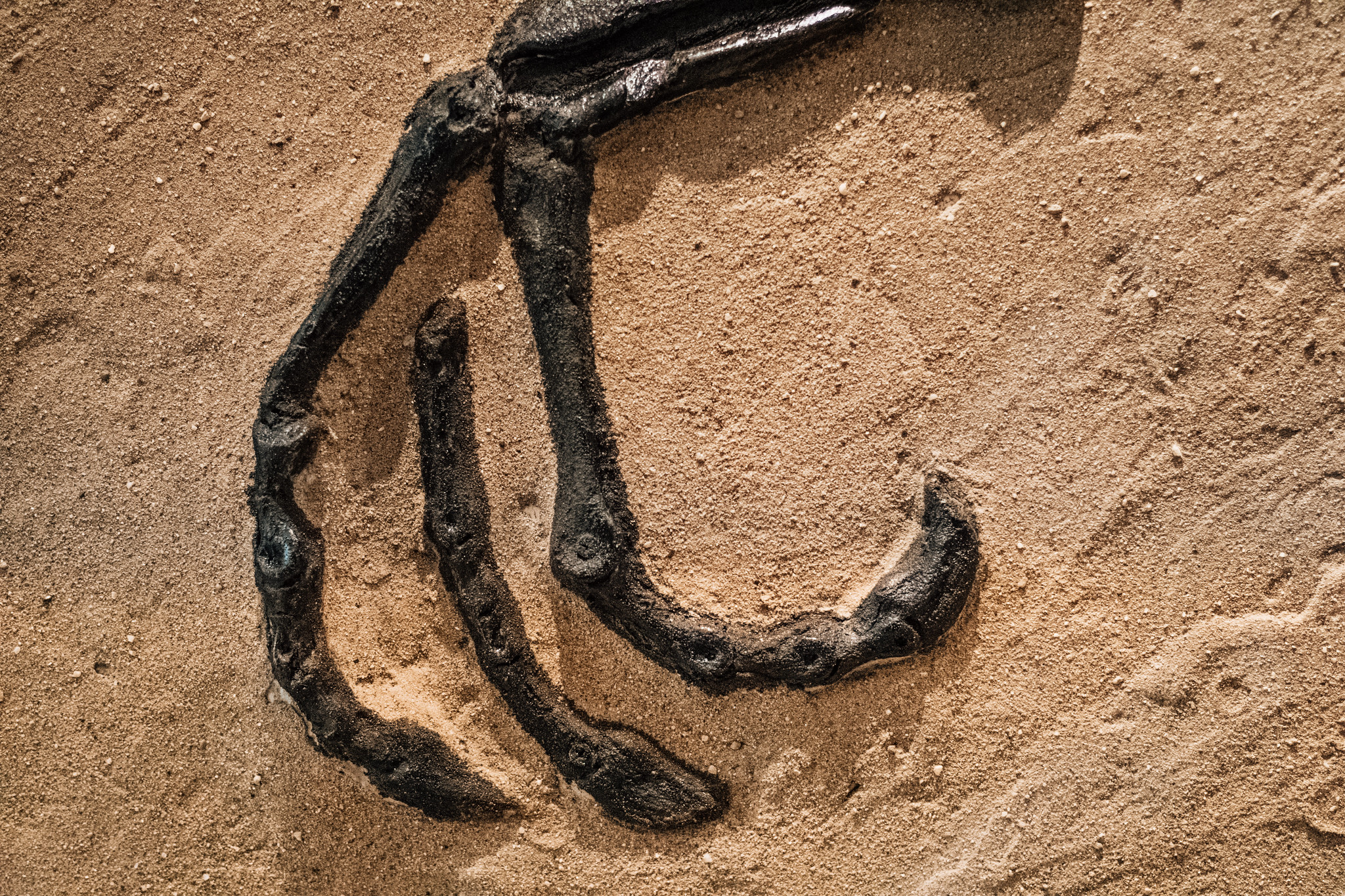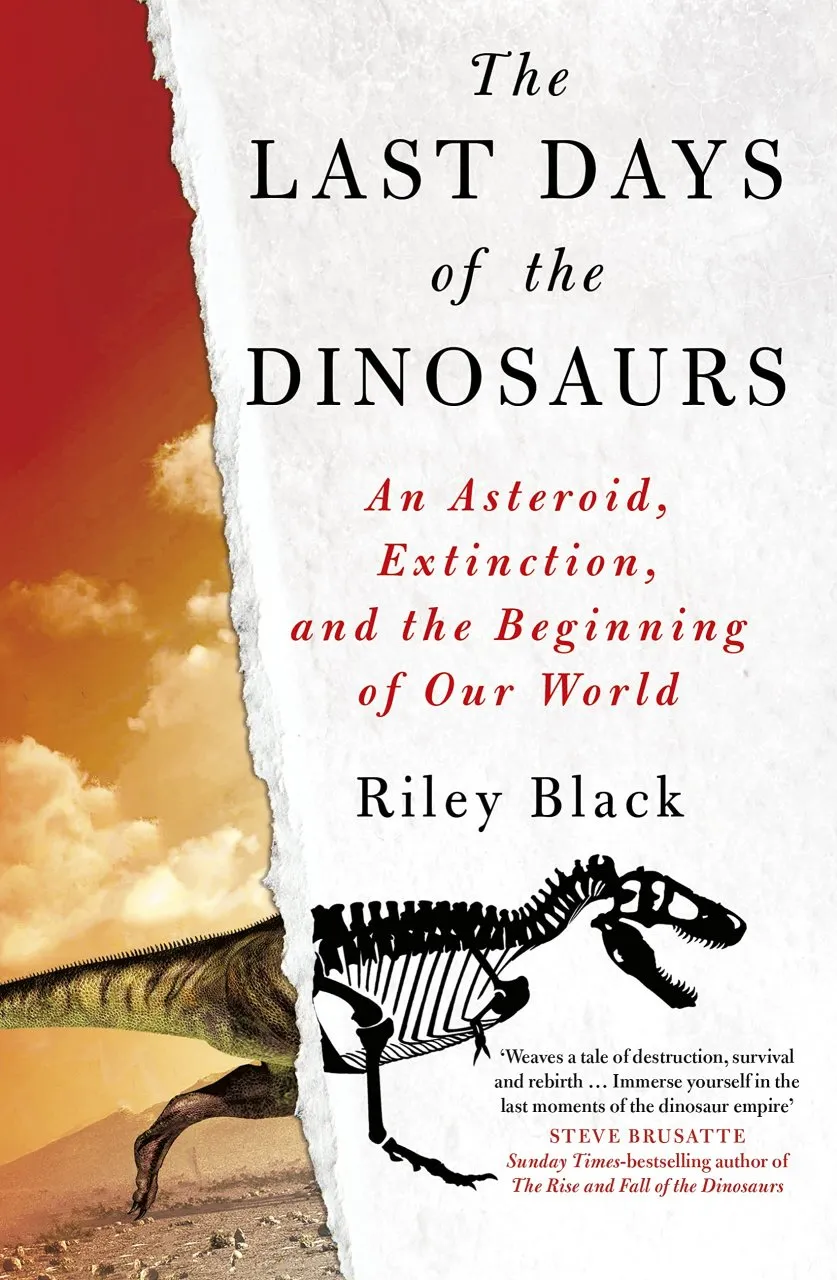The day an asteroid slammed into the Yucatán Peninsula some 66 million years ago is a strong contender for “the worst day in history”. The K–Pg extinction ended the long evolutionary success story of the dinosaurs and a host of other creatures, and has lodged itself firmly in our collective imagination. But what happened next? The fact that a primate is tapping away at a keyboard writing this review gives you part of the answer. The rise of mammals was not a given, though, and the details have been hard to get by. Here, science writer Riley Black examines and imagines the aftermath of the extinction at various times post-impact. The Last Days of the Dinosaurs ends up being a fine piece of narrative non-fiction with thoughtful observations on the role of evolution in ecosystem recovery.
Before delving in, a brief word on what is not in the book. Black does not discuss the history of the research that discovered evidence of an asteroid impact, such as the iridium spike and the crater. Nor does she go into the ongoing debate on the relative contributions of the asteroid and Deccan Trap volcanism. Instead, Black’s approach is to imagine a day in the life of the survivors at various time points post-impact: after an hour, a day, a month, a year, a century, all the way up to one million years. She focuses on the Hell Creek formation in western North America as it offers one of the clearest windows into the mass extinction and its aftermath. Most chapters have a short coda that looks at how life was faring elsewhere on the planet. Black’s style of choice is narrative non-fiction: she is resurrecting individual animals and imagining their lives. As she explains in her preface, to allow full immersion, she is not interrupting the flow of her story with notes and references, which are found at the back of the book. An extensive, 58-page(!) chapter-by-chapter appendix reveals her process and discusses what we know, what is hypothetical, and where she has speculated to smooth over the gaps in our knowledge.

Now, when this book was announced, just the prospect of dipping into the story of the disaster and the ensuing recovery already had me excited. However, The Last Days of the Dinosaurs surpassed even these expectations for two main reasons.
First, there are plenty of exciting new ideas and scientific findings here. Black’s interpretation of the impact will no doubt ruffle some feathers as it is particularly catastrophic. Forget the often-depicted idea of an asteroid seen streaking across the sky, Black writes, this thing came in fast at some 45,000 miles per hour (~20 km/s). Forget, too, the often-depicted drawn-out hunger winter for the surviving dinosaurs. I had not come across this idea before, but Black writes how a global heat pulse that lasted several hours fried anyone that could not crawl underground or stay submerged underwater. This is based on estimates of the amount of material ejected by the impact that, upon re-entry, heated the atmosphere to several hundreds of degrees centigrade. It would have ignited global wildfires. Finally, the impact injected vast amounts of sulfate aerosols into the atmosphere as the impact site was rich in calcium sulfate. The ensuing acid rain “might have effectively erased some of the slowly forming fossil record” (p. 256), explaining why fossils are hard to find in the layers around the K–Pg boundary.

Regarding the survivors, Black has plenty of interesting ideas too. As seen at other times and other places, there was a fern spike. A rapid initial proliferation of ferns is frequently seen in devastated ecosystems where plants have died. And why did birds survive? One novel idea is that the survival of beaked, but not toothed birds is part of the answer. “Maintaining a mouth of sharp teeth comes with a reliance on animal food. […] A consumer that feeds on other consumers has very little to survive on now. But beaked birds do not face the same constraints” (p. 117). With the extinction of toothed birds and pterosaurs, the beaked birds were poised for an evolutionary radiation. Something similar happened with the mammals. Black prominently mentions the idea that Elsa Panciroli promoted in Beasts Before Us, that “it was competition between mammals that limited the number of different forms and niches Mesozoic mammals evolved into” (p. 158). With the extinction of more archaic mammaliaformes, the placental and marsupial mammals would flourish.
The second reason the book surpassed my expectations is Black’s reflections on the process of evolution and its role in ecological recovery. This is where her prose sings in places. One thousand years post-impact “[…] there is no script for what’s about to unfold, no cast of characters that inevitably must be filled” (p. 142). One million years post-impact a reptilian resurgence seems unlikely, but “the rise of the mammals is anything but assured […] When a global disaster ends one evolutionary dance, shifting the tempo, another begins, with no certainty as to who will lead” (p. 182). She poignantly notes how the fossil record “is not in any way a complete record of life on Earth. It is a record of fortuitous burials” (p. 254). And on the process of evolution, she writes how variation and happenstance provide “the raw material for natural selection and other evolutionary forces to shunt down different pathways. Not that there is any intent to this. It’s a passive state, a constantly running routine that is merely part of existence itself” (p. 196). This is music to my ears and Black’s writing is one of the highlights of this book.

Writing about such an iconic event carries the risk of intense scrutiny. No doubt, some experts and other palaeo-nerds will disagree with some of the details presented here. I think her appendix is sufficiently explicit about where she speculates and where she has chosen not to hedge her bets on different explanations. I was willing to read the book in this spirit, as one possible interpretation of how things might have unfolded, though one that Black carefully backs up with scientific evidence. My quibbles are rather minor instead. One is that the book has no index, the other is that there are no notes to the appendix. Relegating the discussion of the underlying science to the appendix is a defensible choice. But not properly referencing the studies mentioned here is, to me, a minor blemish on an otherwise excellent book.
If you have any interest whatsoever in dinosaurs and their extinction, this book comes highly recommended. Her take on the topic, dipping into the extinction and recovery at various moments post-impact, is novel. I am not familiar with other books attempting this. As a bonus, I expect that many readers will come away with a better understanding of the process of evolution.
The Last Days of the Dinosaurs is available from our online bookstore.







